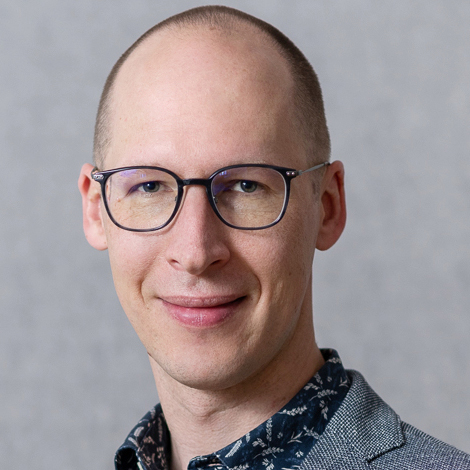Raffael Himmelsbach

Raffael is Co-Director and Open Innovation in Science Manager of the Ludwig Boltzmann research group “Senescence and Healing of Wounds” (SHoW). SHoW is a multidisciplinary research group that investigates non-healing wounds from a health system as well as a life science perspective.
Himmelsbach holds a PhD in political science. His core expertise pertains to the intersection of science, policy and society. He has extensive experience in policy analysis as well as in implementing programs to foster societal responsibility in science. Raffael has worked in Switzerland, the US, Sweden, Denmark, Norway and now Austria.
Free Paper Presentation (QI category) at The Society of Tissue Viability 2022 Conference
‘Ceci n’est pas une plaie’: on the difficulty of health system planning for wound care in Austria
Abstract
The concept of a ‘chronic wound’ is notoriously slippery, because wounds have phenomenological, etiological and bureaucratic manifestations that do not form a single coherent entity. Phenomenologically, chronic wounds manifest themselves as non-healing skin lesions that can be seen, felt and smelled, and impose significant limitations on a patient’s life. But this coherence is blown to pieces by etiological systems of classification, such as ICD-10, which identify several independent root causes of such skin lesions that belong to different medical domains. Physicians of many different specializations see chronic wound patients, with the effect that the patient population becomes invisible because it is spread across too many classifications. In addition, the multi-facetted environments where wound care is enacted – from causal diagnosis at specialized clinics to symptomatic wound care often occurring in a patient’s home – involve vastly different actors crucial to treatment success and highlight the need for communication, coordination and common goals.
Our recent assessment of how wound care is organized in Austria, the first of its kind, was created in collaboration with wound experts and healthcare stakeholders. We illustrate the real world effects of the aforementioned conceptual slipperiness. In addition, we consider the effects of Austria’s fragmented health care system on health services planning for chronic wound care. This fragmentation is due to federalism as well as a strong tradition of self-governance of the professions that produce a system split between outpatient and inpatient care along territorial levels. We conclude by reflecting on the constraints that the interaction between skill-mix, complex etiology and diverse modes of financing places on a shift toward a person-centered health care approach to wound treatment.














